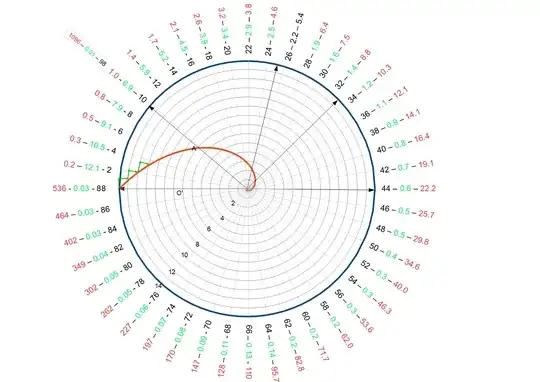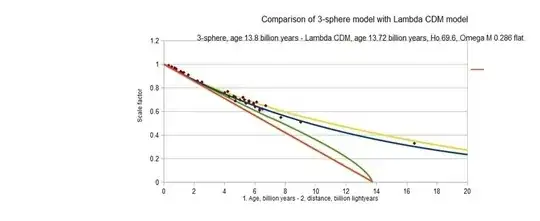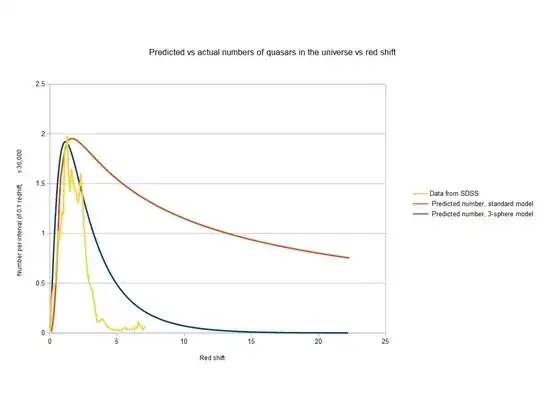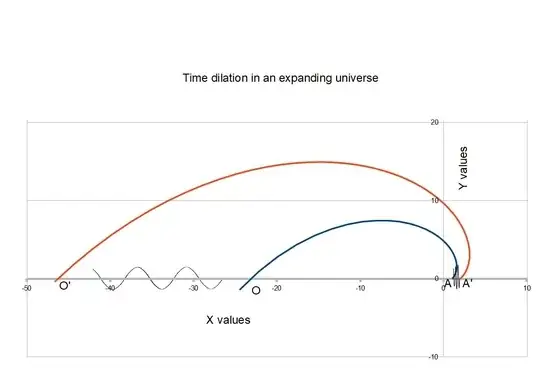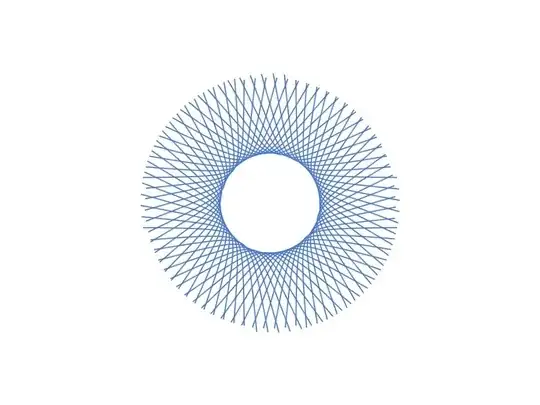Cosmologists seem to not seriously consider the hypersphere as the best model for the universe even though they mention it as a candidate from time to time. If you look closely, it seems to be a very good fit.
The surface of a hypersphere is 3D and unbounded, just like our universe. And if one assumes the radius of the hypersphere is 13,820 Million Light-Years, and is increasing at the speed of light then one can calculate the expansion rate of the universe (which we all know as Hubble's constant). It would be the speed that the circumference of the hypersphere is increasing (2 pi c) divided by the length of the circumference of the hypersphere (2 pi R). So it would be (2 pi c)/(2 pi R) or (c/R).
Plugging in the numbers one gets 21,693 m/s/Mly, and after multiplying by 3.2615 to convert to mega-parsecs and dividing by 1,000 to convert to kilometers one gets 70.75 km/s/Mpc (which are the units for Hubble's constant astronomers like to use). The currently accepted value of Hubble's constant is around 71 km/s/Mpc.
So the hypersphere model fits the facts very well, but cosmologists do not embrace the model. What are the objections of the cosmologists to the hypersphere model of the universe? What facts or observations does the hypersphere model not fit?
